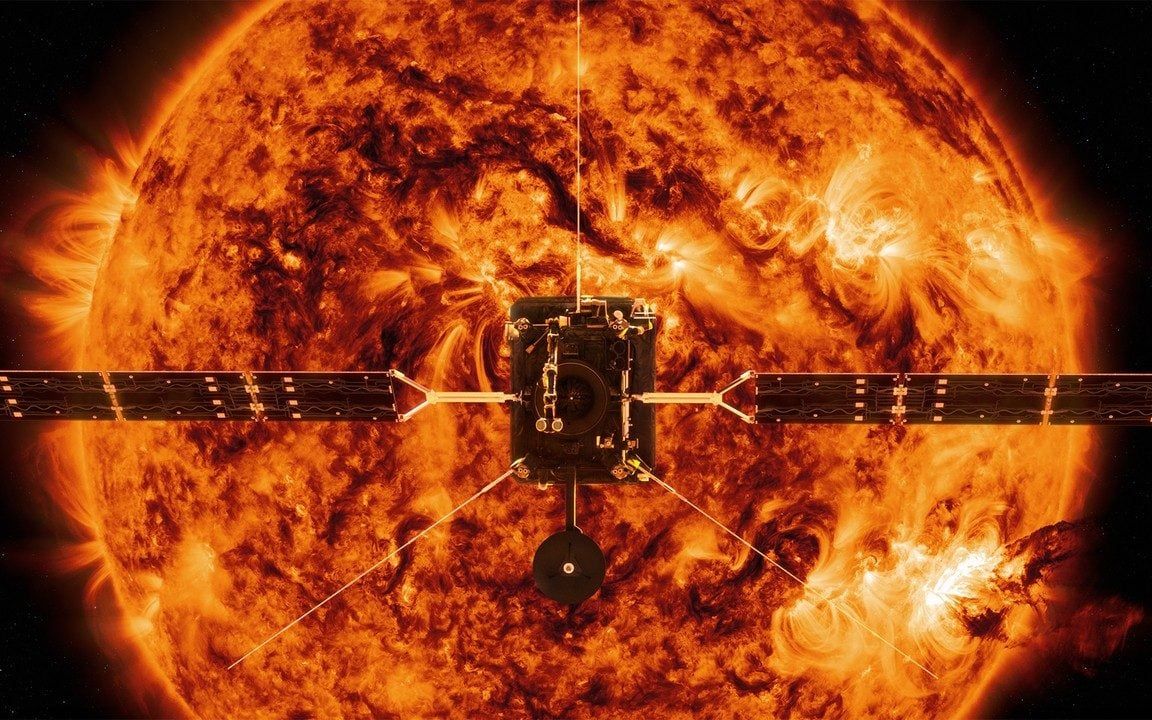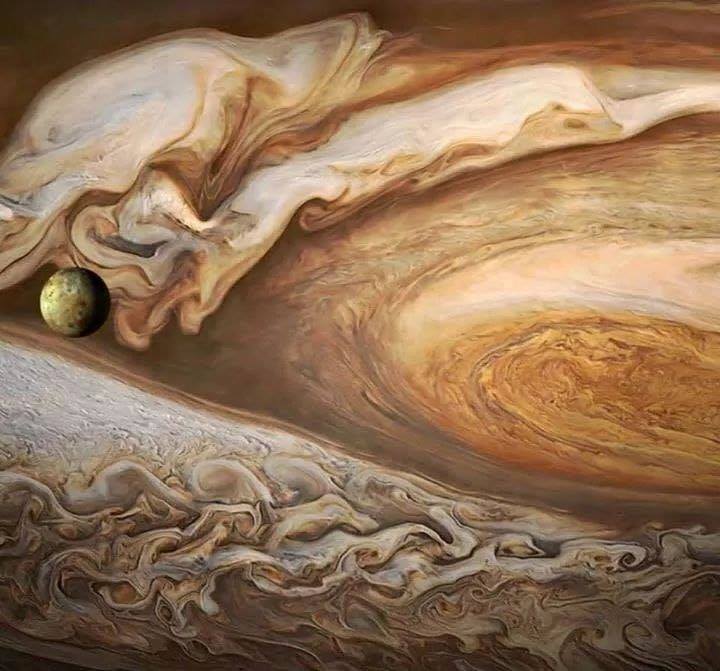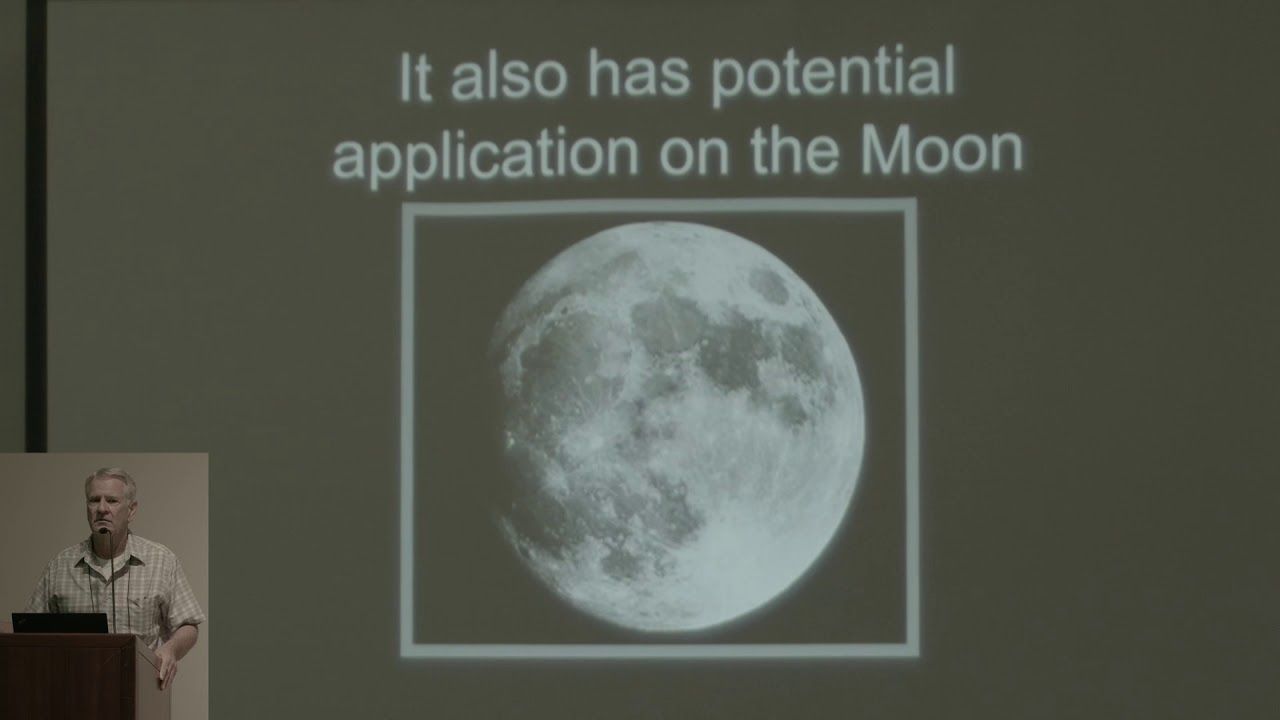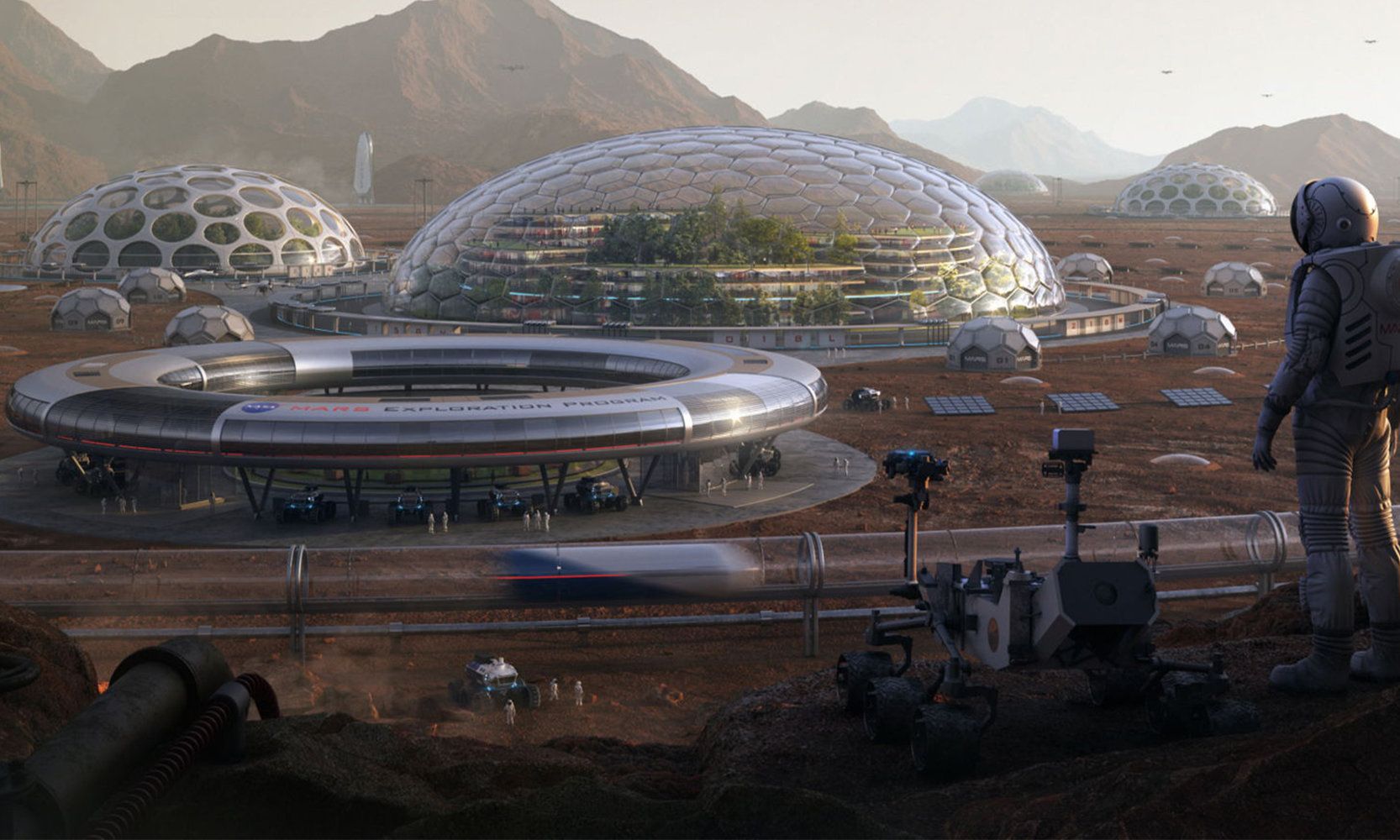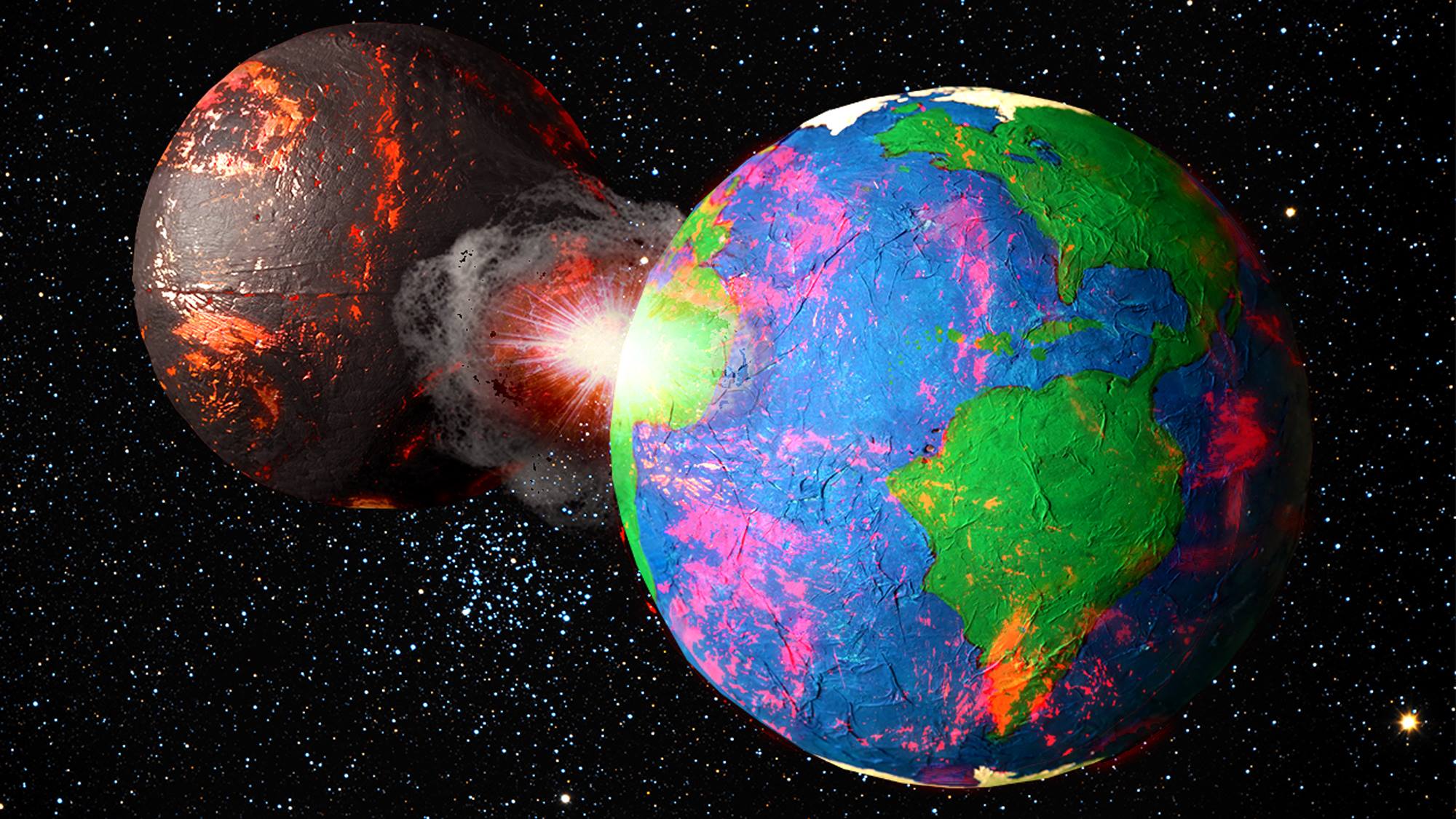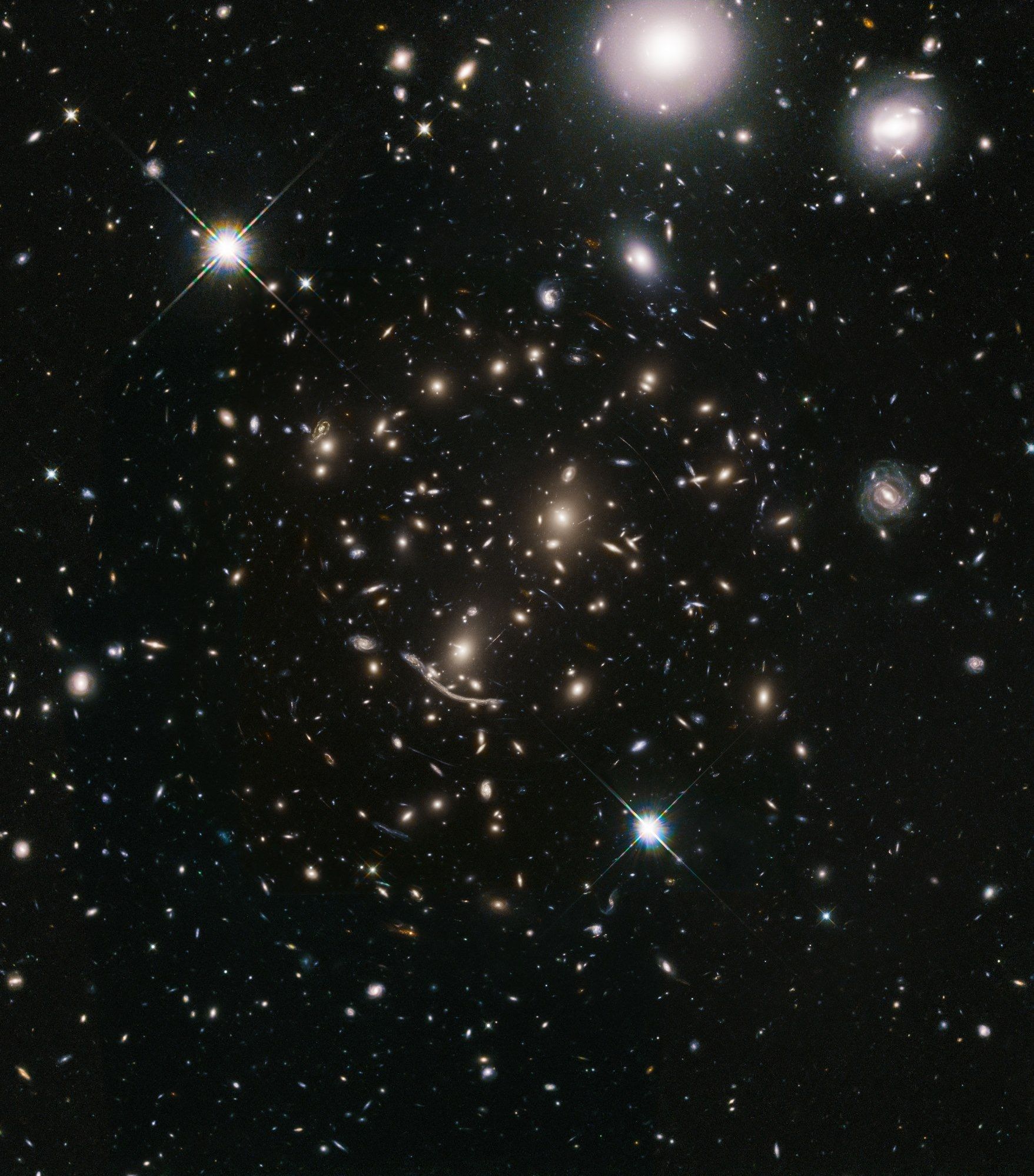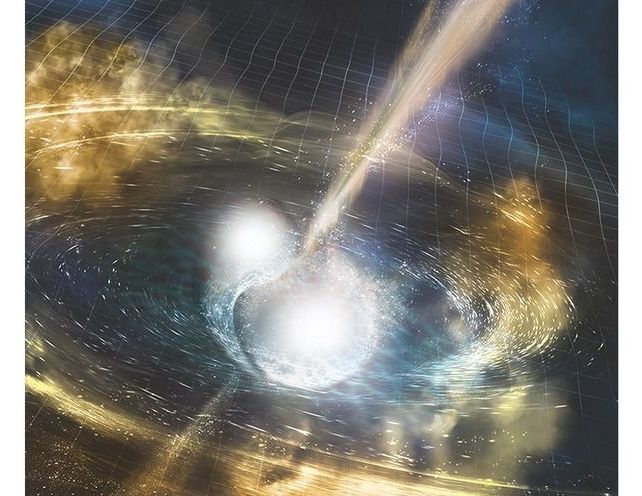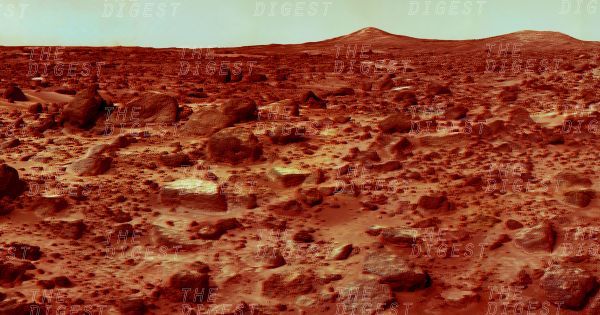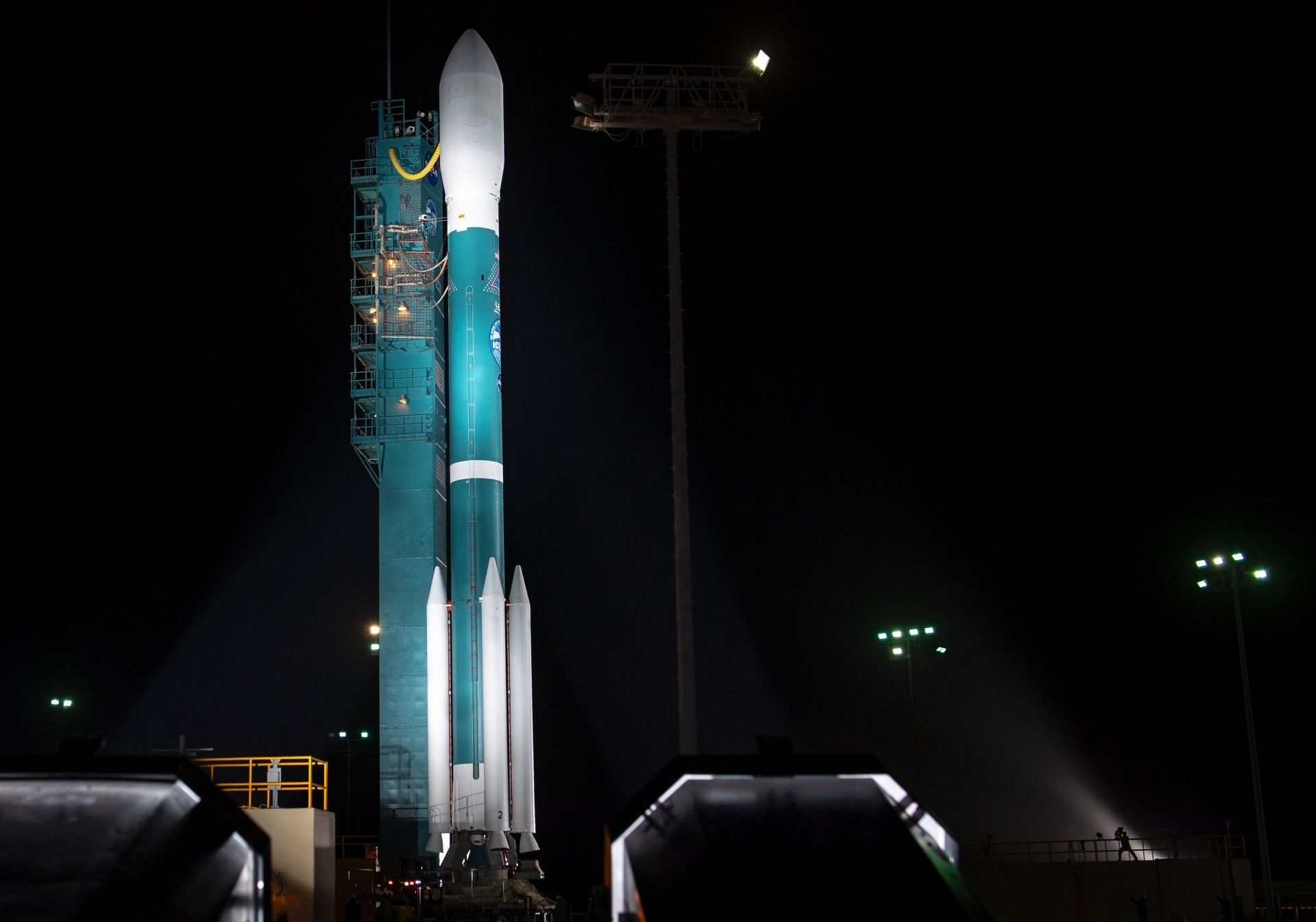A devastating solar storm which could wipe out communications on Earth and fry power grids is a matter of ‘when not if’ the head of the Met Office’s Space Weather Monitoring centre has warned.
Extreme space weather has already caused widespread disruption, with a geomagnetic storm leaving six million people without power in 1989 while Apollo astronauts narrowly missed being exposed to deadly radiation in 1972 and solar flares in 2003 forced the crew of the International Space Station to take cover.
The largest solar storm ever recorded, The Carrington Event in 1859, knocked out Telegraph systems and even set fire to paper in offices.
